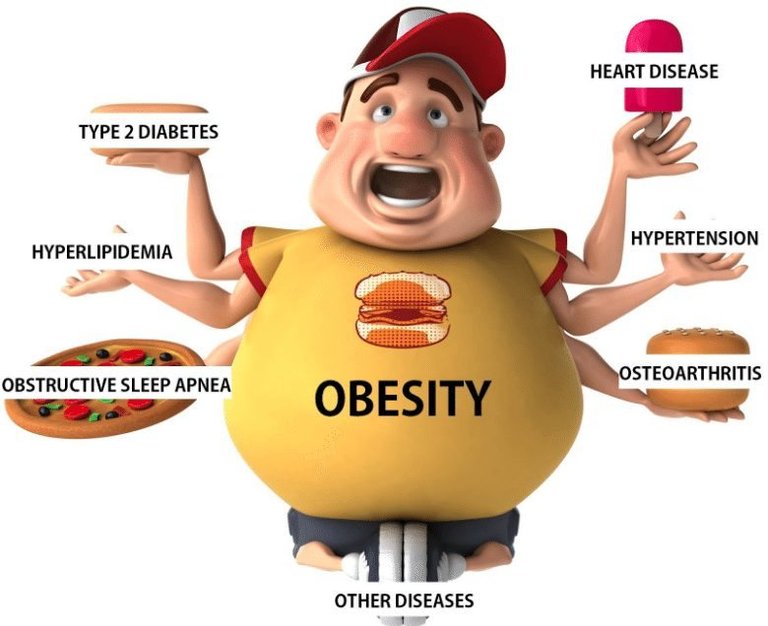As our weight climbs, we most fear obesity. As we creep into our thirties and forties, this number–our weight–duals with our age for first place as that number we’d like most to change. Many want to flaunt pilate-flat abs or to be able to pull off sporting skinny jeans without looking like a sorry hipster wanna-be. For some, though, stopping chronic diseases like obesity, heart disease and diabetes drives the quest. But rarely do we strive to shed pounds to ward off health risks like cancer and lung disease.
But perhaps we should. Obesity and morbid obesity can lead to cancer, lung disease, liver disease and arthritis, among other chronic health risks. According to a recent poll, most felt that obesity was the second most serious health concern, right up there with cancer. But only five percent of those polled realized that being overweight raises the risk of cancer and lung disease.
According to the Center for Disease Control, the following issues remain health risks when you’re packing extra pounds:
heart disease
type 2 diabetes
cancers
high blood pressure
high cholesterol
stroke
liver and gall bladder disease
sleep apnea and lung problems
arthritis
gyne problems and infertility
Only half of those polled perceived themselves as overweight or obese. Yet national stats support that two-thirds of Americans are overweight or obese. This finding points to the lack of insight into our own health risks. Obesity rates vary in America, with the highest number of obese people in the South and Midwest regions of the country. Morbid obesity also reaches our wallets, costing Americans $147 billion in 2008.
Many polled believed that more TV or screen time rose the risk of obesity and morbid obesity. Smart research subjects–they’re right. Studies support that kids who have TVs in their bedrooms are more likely to be obese. As people spend at least half of their leisure time in front of the TV–about five hours average per day–it’s no wonder that morbid obesity runs rampant in America and other developed countries. Experts believe that increased screen time prompts obesity in at least two ways:
reduced activity
targeted marketing of well-branded, unhealthy food choices on TV
And these tricks are not just for kids. The Nurses’ Health Study followed more than 50,000 middle-aged women. Results revealed that for every two hours the women spent watching TV each day, the risk of becoming obese or getting diabetes rose 23 and 14 percent. More in-depth study revealed that for every two hours spent watching TV, the risk of getting diabetes, heart disease, and dying early increased by 20, 15, and 13 percent. In 2006, the Children’s Food and Beverage Advertising Initiative (CFBAI) launched. This prompted major food companies to agree to curb marketing on TV to children ages 2-11. But the rates of ads targeting teens and adults rose greatly.
Experts at the Harvard School of Public Health suggest the following to prevent morbid obesity and related disease:
limit screen time for kids (to no more than 2 hours)
keep bedrooms TV and internet-free
teach parents about the link between screen time and obesity
The bottom line? Replace “sit time” with “fit time” to both boast a striking physique, and to induce better overall health.

heloo
hello
Congratulations @imadox! You have completed some achievement on Steemit and have been rewarded with new badge(s) :
Click on any badge to view your own Board of Honor on SteemitBoard.
For more information about SteemitBoard, click here
If you no longer want to receive notifications, reply to this comment with the word
STOPUp
Up